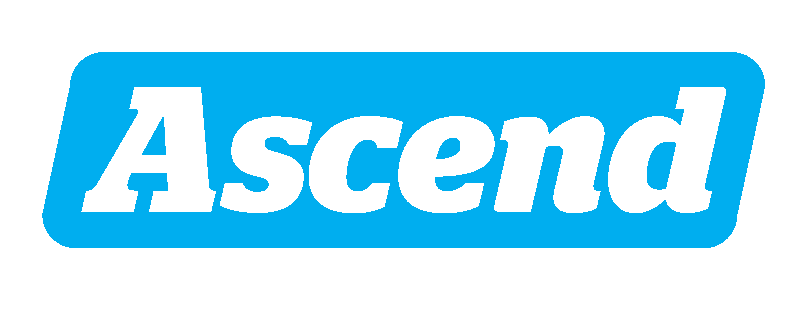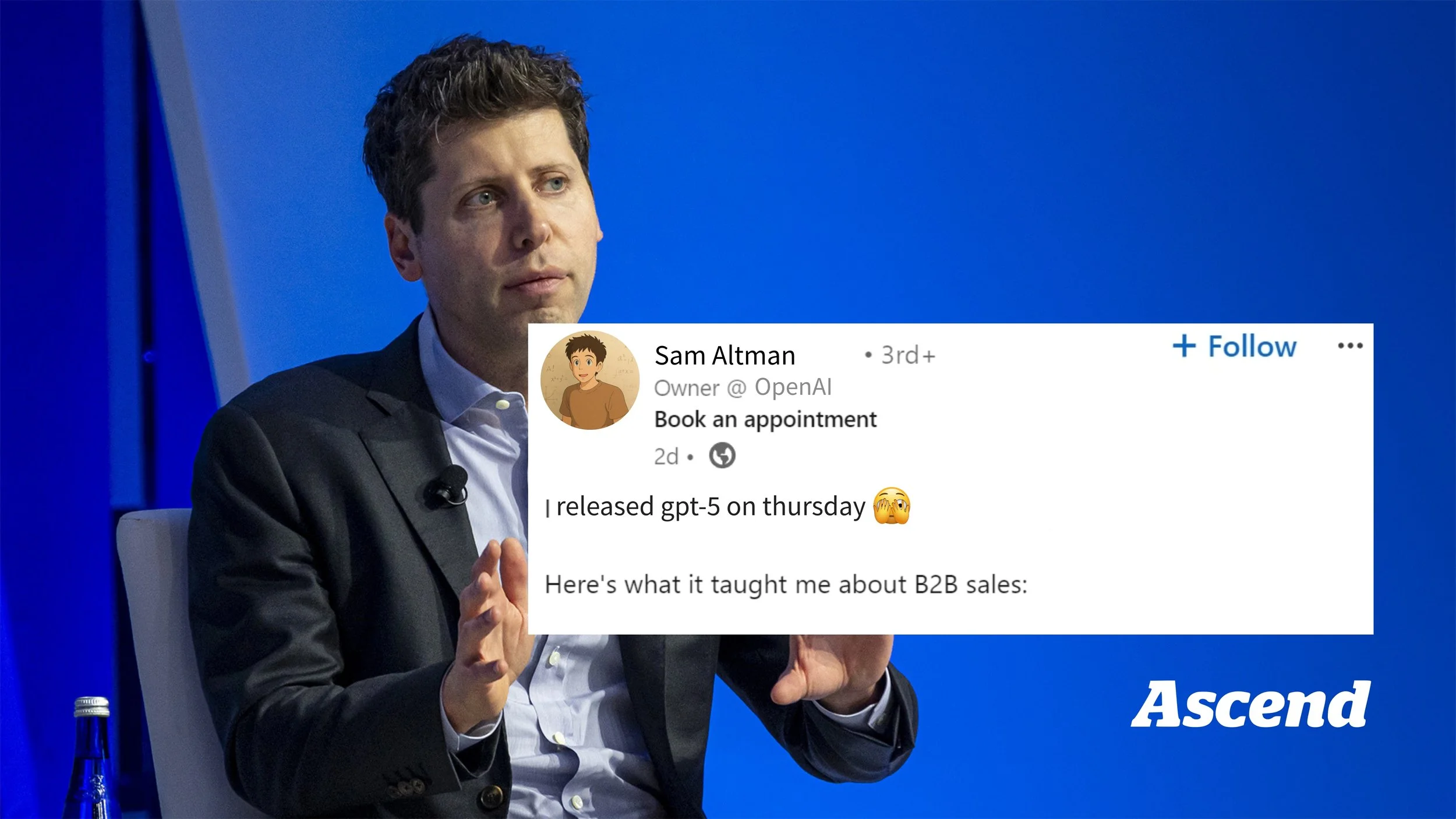By: Thomas Stahura
GPT-5 will not be the enterprise SaaS killer we were promised.
In typical OpenAI hubris, the company declared it the “strongest coding model to date,” citing advances in front-end generation and large-scale debugging. It also announced an improved ability to produce polished, responsive websites, apps, and video games from a single prompt.
At this point, GPT-5 is one of the best in the world, but only by a slim margin. Today, at the frontier, the top models are clustered within a few points of each other on most benchmarks — meaning, we are deep into saturation territory. Stanford’s AI Index reports the gap between the top two models shrank to under 1% last year, and the spread from No. 1 to No. 10 is nearly statistical noise. Open models are catching up to closed ones across multiple categories.
Online, most of the hype ignored these benchmarks and focused instead on the model’s ability to “one-shot” complex apps from a single prompt. The social media shorthand, per this tweet: “GPT-5 JUST ONE-SHOTTED A MINECRAFT CLONE.”
Those gains came with trade-offs, particularly in multimodality, where the model’s ability to handle images, audio, or video remains inconsistent. Vision-language models, or VLMs, are still the benchmark frontier labs have yet to master.
(For the record, none of this means models are over. Anthropic just pushed coding forward again with Claude Opus 4.1 at 70-plus on SWE‑bench Verified, and enterprise users report it is better at surgical edits across large codebases. But even it is framing progress in work terms now.)
The bigger ripple, however, is in enterprise software. The question is not whether GPT-5 can code, but whether it will make traditional SaaS obsolete. A vocal group of analysts and commentators is calling for a so-called BYO AI future, where companies build their own CRM, HR, or project management tools using a model like GPT-5 as the engine.
The renewed chorus is loud enough that Wall Street is factoring it into tech sector forecasts. Salesforce, long considered the B2B SaaS bellwether, is down more than 25% year to date amid a broader tech market surge. The analysis is simple: if you can spin up an internal app in minutes, why pay per-seat licensing fees?
We called this shot at Ascend back in January 2024 in our SaaS 3.0 thesis. As we wrote then, “most companies suddenly aren’t engineering powerhouses, capable of pumping out their own vertical software just by calling an API. Engineers lack the time and expertise to build proprietary tech. And executives don’t want to invest in developing tools that already exist — ones that benefit from the experiences of thousands of customers and come with the assurance of being third-party provided.”
The value of enterprise SaaS has always been in peace of mind, operational depth, and the data layer, not in the fact that code exists.
For startup founders, the landscape shifts but the fundamentals hold. Time to value is collapsing, and the moat is not in the transformer itself. It is in your customers, your data rights, your workflow depth, your reliability, and the paper trail that lets a buyer defend their decision to trust you. If a user can summon a prototype in a single prompt, your edge lives in everything that happens after the demo: correctness, auditability, compliance, service-level guarantees, and the ability to connect cleanly into messy, legacy systems.
A thin UI wrapped around a prompt is a commodity. Own the messy middle — CRM complexity, performance reviews, sales training, verification — and you can be the one selling the picks while everyone else becomes a preset. Focus on the boring parts: reliability, compliance, connectors, and the workflows that make or break daily operations.
That is where the money lives, and that is where the moat holds. GPT-5 will not be the enterprise SaaS killer we were promised, but it will expose which products deserve to survive in a market that now assumes anyone can one-shot an app.
Also in the news: OpenAI published its first open source models in six years.
The new models, called gpt-oss, come in two sizes: 120 billion and 22 billion parameters. Both are a mixture of experts (MoE) and use sparse attention with alternating dense layers (a technique pioneered in gpt-3). The models have been downloaded nearly 500,000 and 2.4 million times respectively on Hugging Face.
Nate Bek contributed to this report.
P.S. If you have any questions or just want to talk about AI, email me! thomas@ascend.vc

